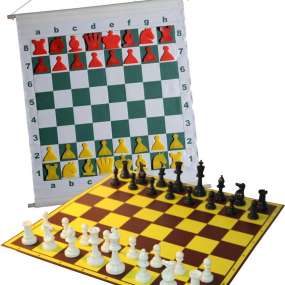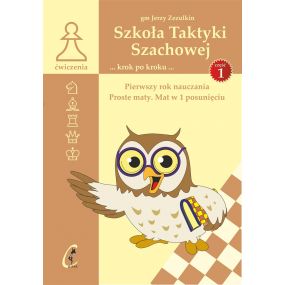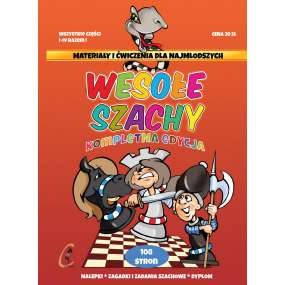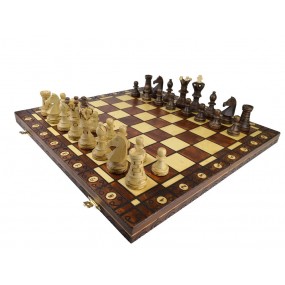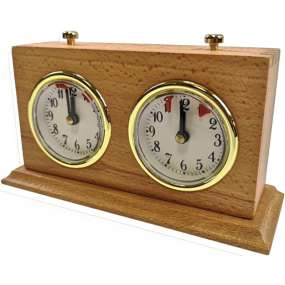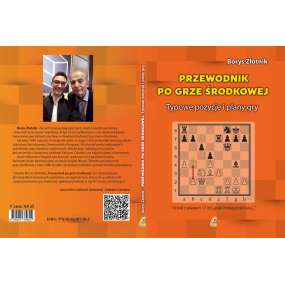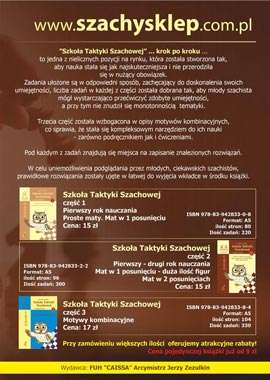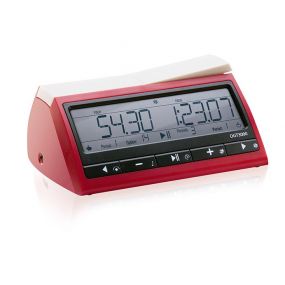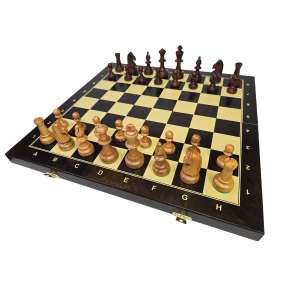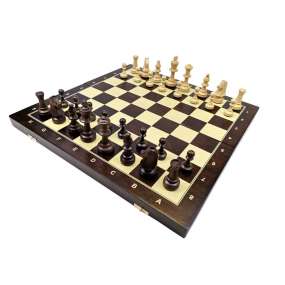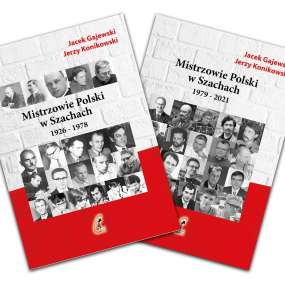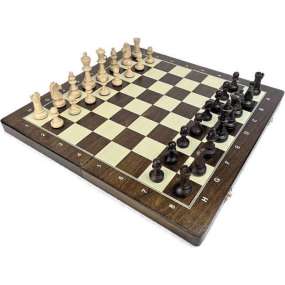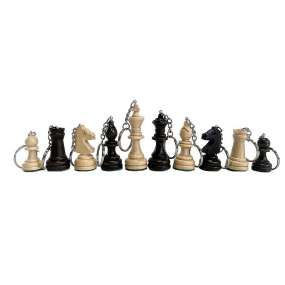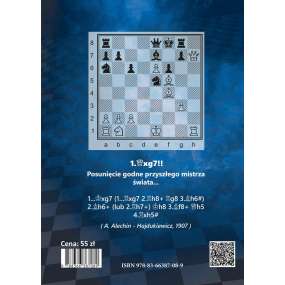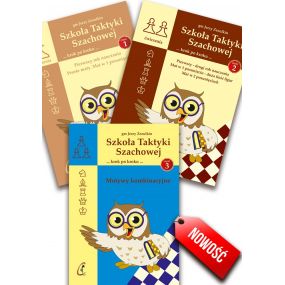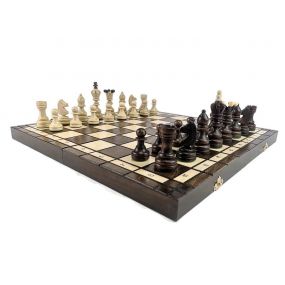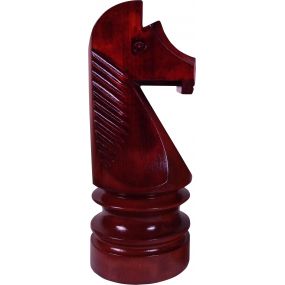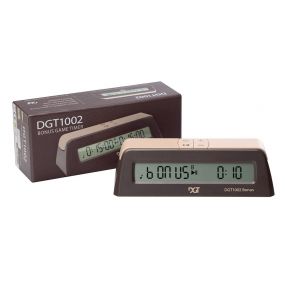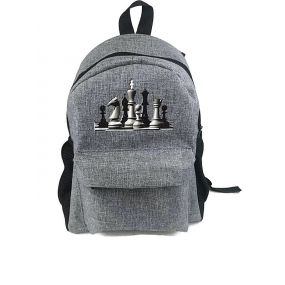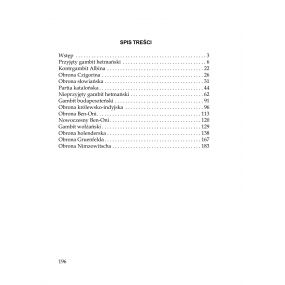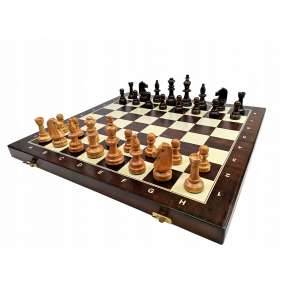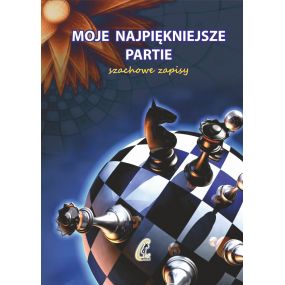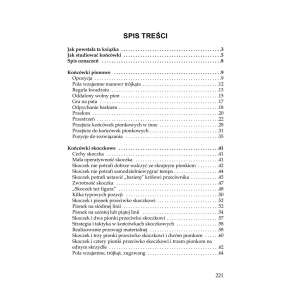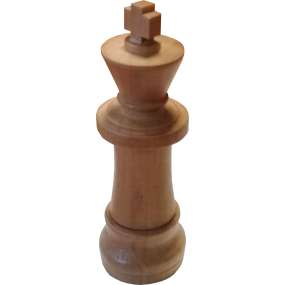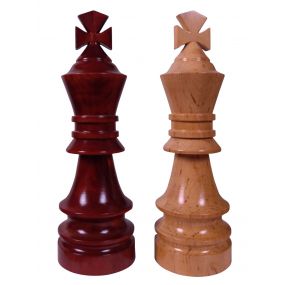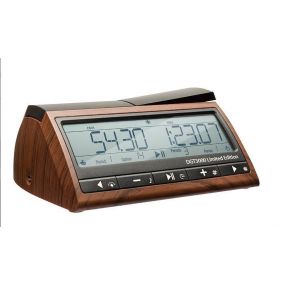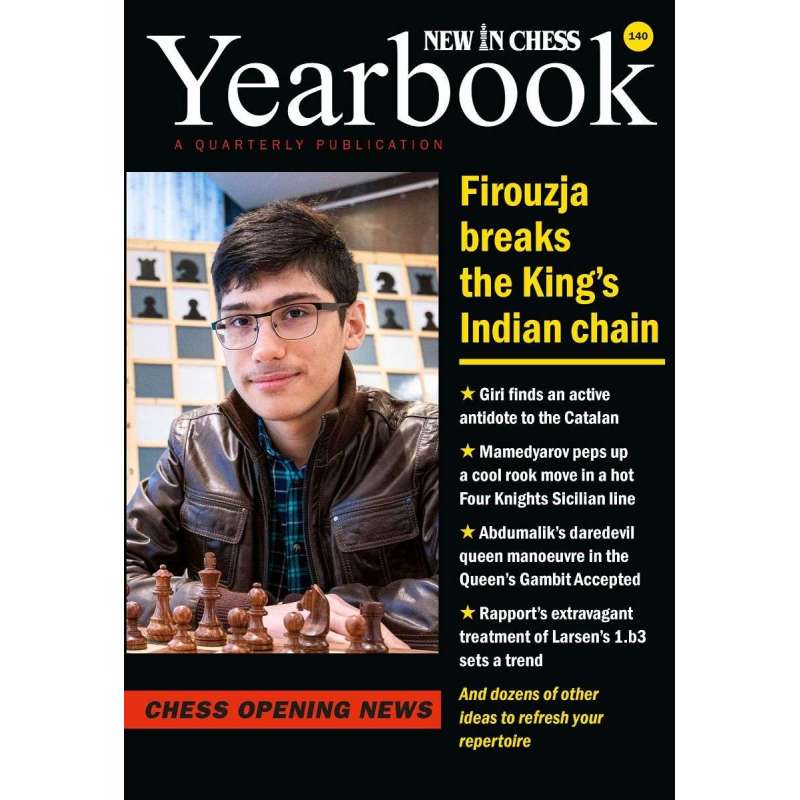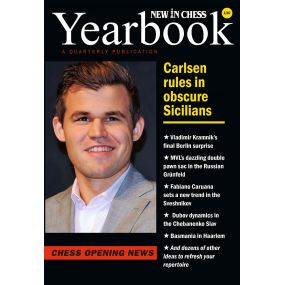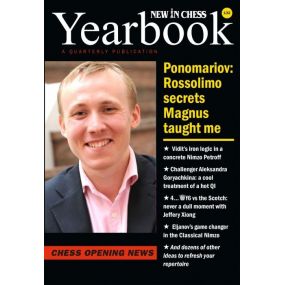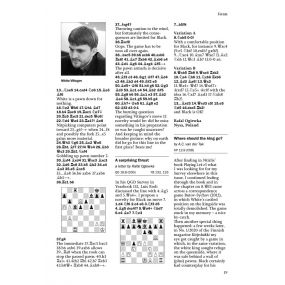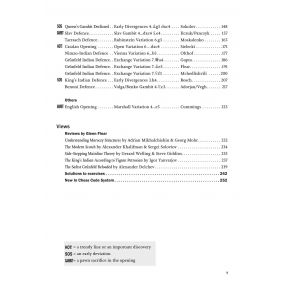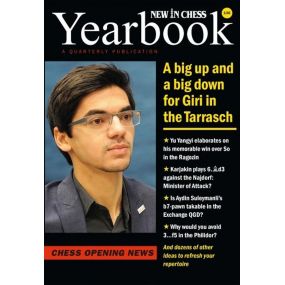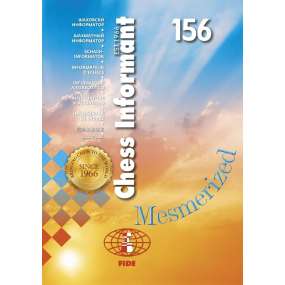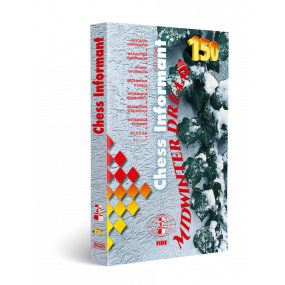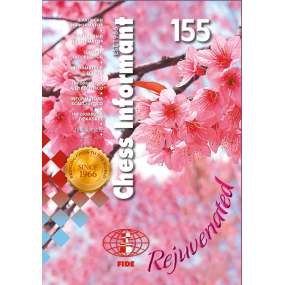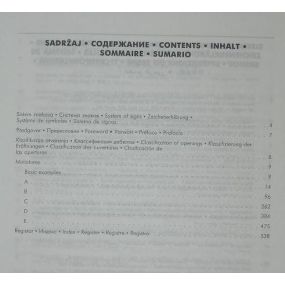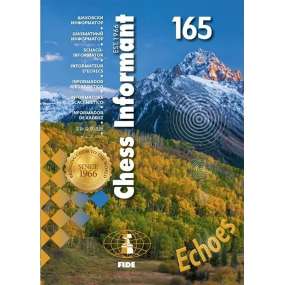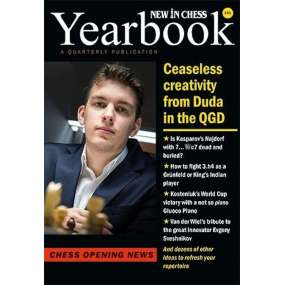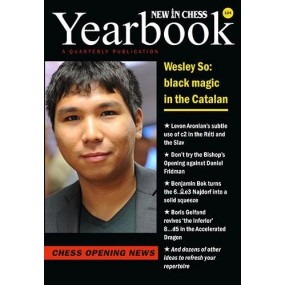1.e4 openings
Sicilian Defence - Najdorf Variation 6.Bg5 Nbd7 7.f4 - Van der Wiel
Sicilian Defence - Najdorf Variation 6.b3 - Bosch
Sicilian Defence - Rauzer Variation 6.Bg5 - Ntirlis
Sicilian Defence - Four Knights Variation 6.a3 - Olthof
Sicilian Defence - Four Knights Variation 6.Nxc6 - Gupta
Sicilian Defence - Taimanov Variation 7.g4 - Szabo
Sicilian Defence - Closed Variation 2.Nc3, 3.d4 - Ganguly
Caro-Kann Defence - Advance Variation 4.Nf3 - Rodi
Scandinavian Defence - Main Line 4.g3 - Willemze
Alekhine’s Defence - Modern Variation 4...g6 - Ilczuk & Panczyk
Ruy Lopez - Classical Defence 3...Bc5 - Caruana
Italian Game - Giuoco Piano 4.c3 - Flear
Various Openings - Double Queen’s Gambit 2...c5 - Ponomariov
1.d4 openings
Queen’s Gambit Declined - Early Divergences 4.Nf3 h6 - Ikonnikov
Slav Defence - Moscow Variation 6.Bh4 dxc4 - Timman
Queen’s Gambit Accepted - Central Variation 3.e4 b5 - Ris
Queen’s Gambit Accepted - Classical Variation 7.Nc3 - Adams
Catalan Opening - Bogo-Indian Variation ...Bb4+ - Doknjas
Nimzo-Indian Defence - Classical Variation 4...b6 - Flear
Nimzo-Indian Defence - 4.Nf3-Variation 4...0-0 - Vilela
King’s Indian Defence - Classical Main Line 9.Ne1 - Sokolov
Queen’s Pawn Openings - London System 3.Bf4 Bf5 - Kuljasevic
Others
English Opening - Reversed Sicilian: Other Lines 2.b3 - Fogarasi
Réti Opening - 2...e6 and 4...Be7 - Jones
Réti Opening - 2...e6 and 4...dxc4 - Cummings






